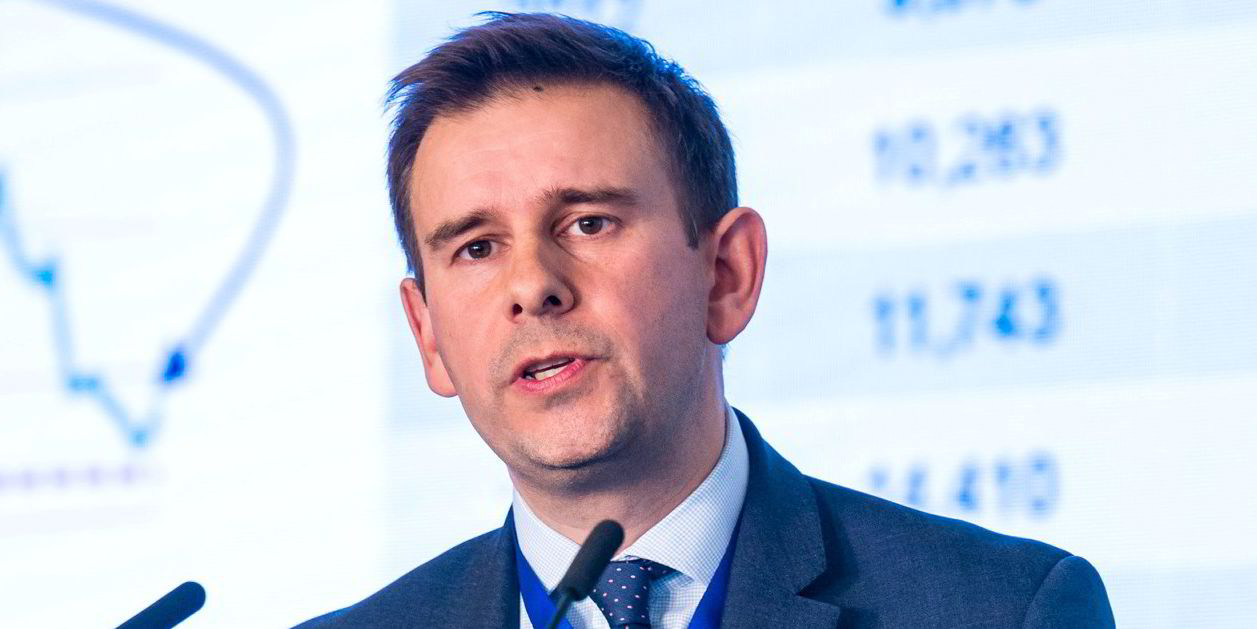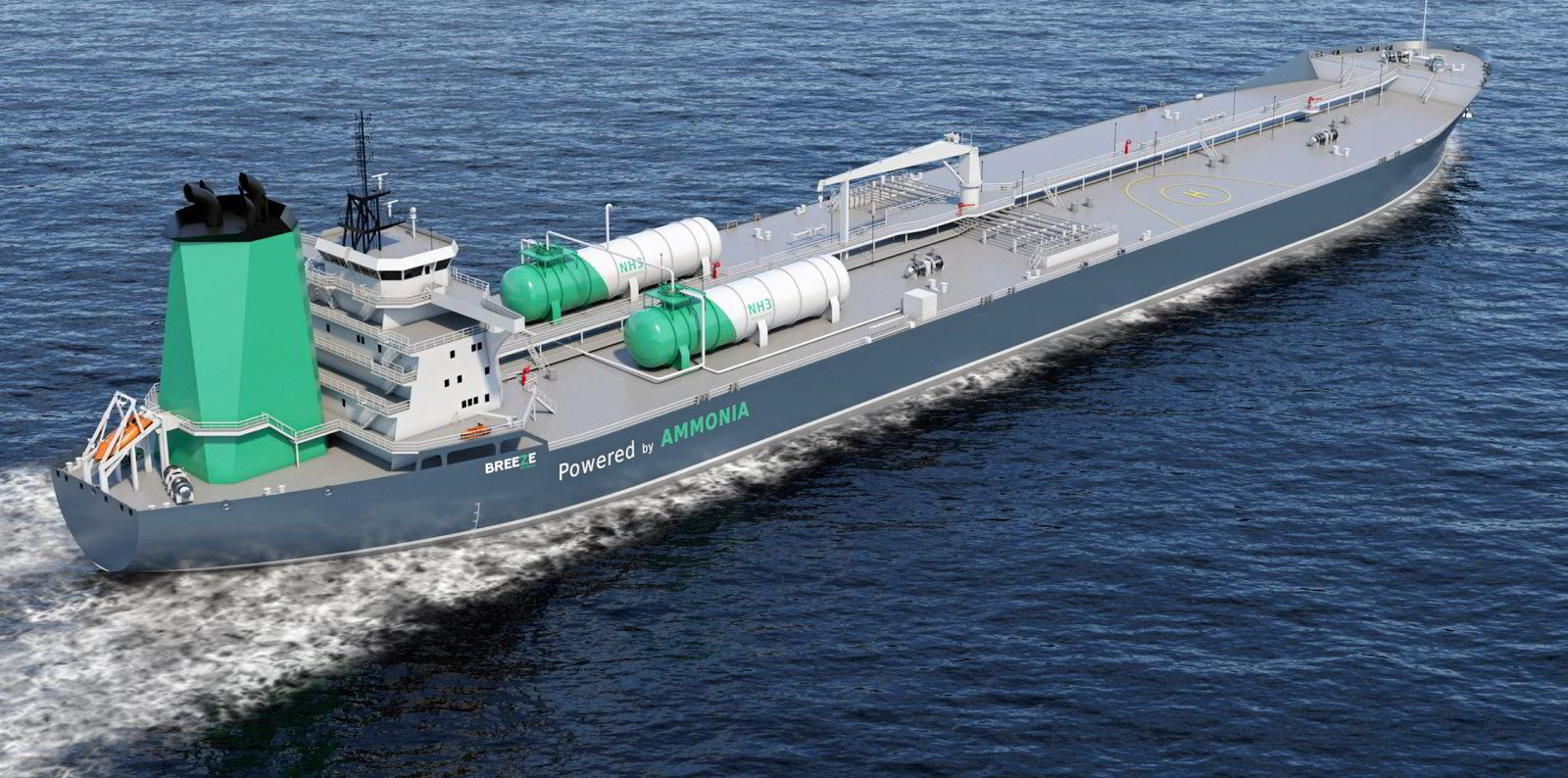A record 61% of all newbuilding orders by gross tonnage this year are alternative fuel-capable ships, but the great majority will burn LNG, Clarksons Research reports.
Some 226 orders of 21m gt, representing 59% of the total, were LNG dual-fuel orders in the first half of 2022.
Just 1.6%, or five orders totalling 600,000 gt, were methanol-fuelled and 16.3% were “ammonia ready”.
Alternative fuel-capable orders have risen from 31.7%, or 459 units, for the whole of last year, 211 units in 2020 and 46 in 2016.
Clarksons Research managing director Steve Gordon said of ships on the water: “We are projecting that 5% of global fleet capacity will be alternative-fuelled by the start of 2023.”
Clarksons Research added that 307 ships in the fleet and 98 on the orderbook are designated “LNG ready”, while there are now 115 “ammonia ready” and eight “hydrogen ready” vessels on order.
But the average age of the world fleet is increasing. For the bulk carrier fleet, it is now 11.4 years (up from seven years in 2017); for tankers it is 12 years (up from 10.3 years in 2017); and for container ships it is 14.1 years (up from 11.6 years in 2017).
Some 28.2% of global tonnage is now over 15 years old and Gordon said: “We estimated that under CII [the Carbon Intensity Indicator], around 40% of today’s tanker, bulk carrier and container fleets will be D or E rated if they are still trading in 2026 and have not modified speed or specification.”
Scrubbers are now fitted to more than 4,730 ships in the fleet – about 24.5% of total gross tonnage.
Retrofitting of scrubbers slowed to about 15 ships last month, from around 100 in June 2020.
But uptake of exhaust gas cleaning systems for newbuildings grew slightly in 2021, with 268 orders for scrubber-fitted ships reported across the full year, including 198 container ships. Twenty-six scrubber-fitted vessels have been ordered in 2022 so far.
With the current price differential between high sulphur fuel oil and very low sulphur fuel oil at significant levels — $310 in Rotterdam and $513in Singapore — Gordon said: “We expect the share of global tonnage with a scrubber to grow marginally to 24% by start 2023.”
Energy-saving technologies have been fitted on more than 5,300 ships, accounting for 23.6% of fleet tonnage, including propeller ducts, rudder bulbs, Flettner rotors, wind kites and air lubrication systems.
Green port infrastructure is also continuing to expand, Clarksons Research said.
There are 148 active LNG bunkering ports and 95 planned facilities, while more than 1,500 vessels have or are set to be fitted with shore power connections.






